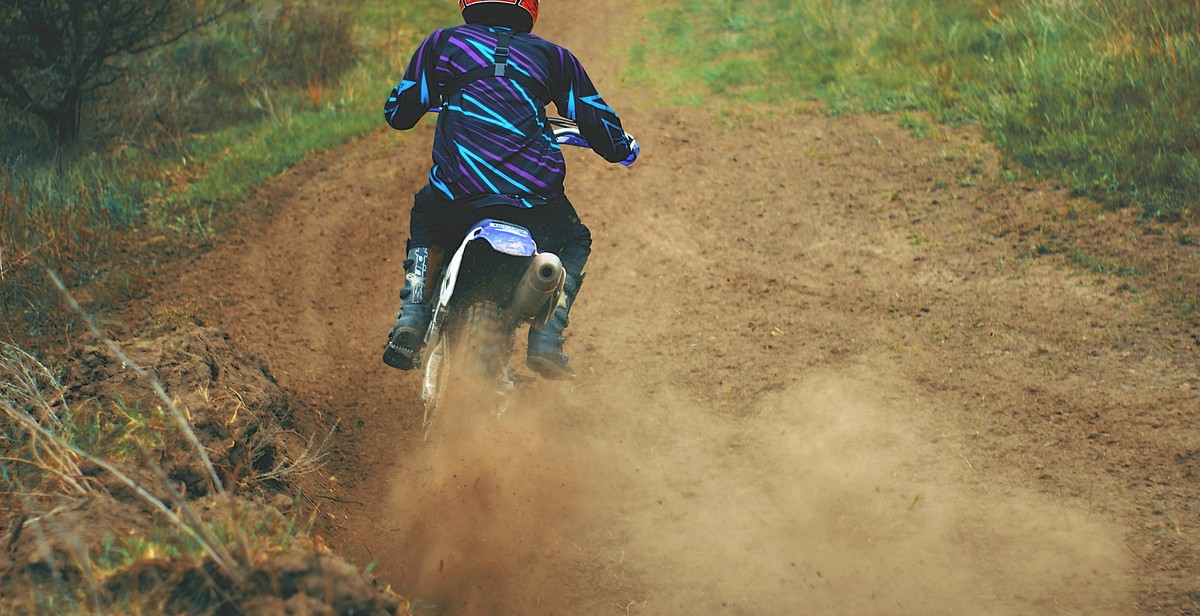How to Design and Build Ostrich Racing Tracks: Creating Safe and Exciting Racing Environments
Have you ever heard of ostrich racing? It may sound like a bizarre sport, but it has gained popularity in some parts of the world, particularly in South Africa and the United States. Ostriches are large, flightless birds that can run up to 43 miles per hour, making them perfect for racing.
However, designing and building ostrich racing tracks requires careful planning and execution. It’s important to create a safe and exciting racing environment for both the birds and the jockeys.
The Importance of Safety
When it comes to ostrich racing, safety should always be a top priority. These birds are powerful and can be unpredictable, so it’s crucial to design a track that minimizes the risk of injury to both the birds and the jockeys.
The Elements of a Great Ostrich Racing Track
A great ostrich racing track should have a straight, flat surface that allows the birds to run at their full speed. The track should also be wide enough to accommodate multiple birds and jockeys, with a clear separation between lanes to prevent collisions.
- Flat surface
- Sufficient width
- Clear lane separation
In addition, the track should have a soft surface that absorbs impact and reduces the risk of injury. It’s also important to provide adequate fencing and barriers to prevent the birds from escaping or colliding with spectators.
The Benefits of Ostrich Racing
Despite the risks involved, ostrich racing can be a fun and exciting sport for both participants and spectators. It’s a unique way to experience the thrill of horse racing and witness the power and speed of these amazing birds.
In the following sections, we’ll dive deeper into the process of designing and building ostrich racing tracks, so you can create a safe and exciting environment for this unique sport.
Designing the Track
Designing an ostrich racing track requires careful planning to create a safe and exciting environment for both the birds and the riders. Here are some important factors to consider when designing the track:
Size and Shape
The size and shape of the track will depend on the available space and the number of birds that will be racing. A standard track is typically 200-300 meters long and 10-15 meters wide. The shape of the track can be oval, circular, or even a figure-eight pattern. It’s important to ensure that the track is large enough to allow the birds to reach their top speeds without overcrowding or colliding with each other.
Surface Material
The surface material of the track should provide good traction for the birds and riders while also being durable and easy to maintain. Common materials used for ostrich racing tracks include compacted dirt, sand, or a combination of both. It’s important to ensure that the surface is level and free of any obstacles or hazards that could cause injury to the birds or riders.
Fencing and Barriers
Proper fencing and barriers are essential for creating a safe racing environment. The fencing should be tall enough to prevent the birds from jumping or flying out of the track, and strong enough to withstand any collisions. Additionally, barriers should be placed at strategic locations along the track to prevent the birds from veering off course or colliding with each other. It’s important to regularly inspect and maintain the fencing and barriers to ensure they remain in good condition.
| Material | Advantages | Disadvantages |
|---|---|---|
| Compacted dirt | Durable, provides good traction | Can become hard and compacted over time |
| Sand | Provides excellent traction, easy to maintain | Can become loose and require frequent leveling |
| Combination of dirt and sand | Provides good traction and durability | Requires regular maintenance to ensure proper balance |
By carefully considering the size and shape of the track, selecting the appropriate surface material, and ensuring proper fencing and barriers, ostrich racing tracks can be designed to create a safe and exciting environment for both the birds and the riders.
Building the Track
Now that you have designed your ostrich racing track, it’s time to start building it. This process involves several steps that will ensure a safe and exciting racing environment for both the birds and the jockeys. Here is a breakdown of the key steps involved:
Preparing the Site
The first step in building your ostrich racing track is to prepare the site. This involves clearing the land of any debris, rocks, or other obstacles that could pose a hazard to the birds or jockeys. You will also need to level the ground to ensure that the track is even and free from bumps or dips.
Laying the Foundation
Once the site is prepared, you can start laying the foundation for your track. This will typically involve digging trenches around the perimeter of the track and installing a drainage system to prevent water from accumulating on the surface. You will also need to lay a base layer of gravel or crushed stone to provide a stable foundation for the track surface.
Installing the Surface Material
With the foundation in place, you can now install the surface material for your track. There are several options to choose from, including dirt, sand, or a synthetic material like Astroturf. Whatever material you choose, it should be firm, level, and free from any hazards that could cause the birds or jockeys to trip or fall.
Building the Fencing and Barriers
Finally, you will need to build fencing and barriers around the perimeter of the track to keep the birds and jockeys safe. This will typically involve installing a sturdy fence around the entire track, as well as adding additional barriers at key points along the track to prevent collisions or accidents. You may also want to consider adding safety padding to the barriers to reduce the risk of injury in the event of a crash.
By following these steps, you can create a safe and exciting racing environment for ostriches and their jockeys. With a well-designed and carefully constructed track, you can enjoy the thrill of ostrich racing while minimizing the risks associated with this unique sport.

Safety Considerations
Safety should always be a top priority when designing and building ostrich racing tracks. The following safety considerations should be taken into account to ensure a safe and exciting racing environment:
Emergency Preparedness
It is important to have an emergency plan in place in case of accidents or injuries during ostrich races. This includes having medical personnel and equipment readily available, as well as having clear and well-marked emergency exits and evacuation routes.
Additionally, it is important to have a communication plan in place to quickly and effectively alert all participants and spectators in case of an emergency. This can include using loudspeakers or other communication devices.
Rider and Ostrich Safety Gear
All riders should be required to wear appropriate safety gear, including helmets, padded vests, and protective boots. Ostriches should also be fitted with safety gear, such as leg pads and breastplates, to protect them during races.
It is important to regularly inspect and maintain all safety gear to ensure it is in good condition and functioning properly. Any damaged or worn gear should be replaced immediately.
Rules and Regulations
Clear and comprehensive rules and regulations should be established for all ostrich races. These should include guidelines for rider behavior, ostrich handling, and penalties for rule violations.
It is important to enforce these rules consistently and fairly to ensure a safe and fair racing environment. Officials should be trained to recognize and respond to rule violations quickly and effectively.
| Examples of Rules and Regulations: |
|---|
|

Conclusion
Designing and building ostrich racing tracks requires careful planning and execution to create a safe and exciting racing environment. It is essential to consider factors such as the track surface, fencing, lighting, and spectator arrangements to ensure the safety of the birds and participants.
By following the guidelines outlined in this article, you can create a racing track that meets international standards and provides an unforgettable experience for racers and spectators alike.
Remember, safety should be a top priority when designing and building ostrich racing tracks. Always consult with experts in the field and adhere to local regulations and guidelines.
Key Takeaways
- Choose a suitable location for the racing track.
- Ensure the track surface is suitable for ostrich racing.
- Install appropriate fencing and barriers to prevent birds from escaping.
- Provide adequate lighting and ventilation.
- Consider spectator arrangements and amenities.
Get Expert Help
If you need assistance with designing and building ostrich racing tracks, don’t hesitate to seek expert help. Professional designers and builders can help you create a safe and exciting racing environment that meets your needs and budget.
| Expert Tip: | Always prioritize safety when designing and building ostrich racing tracks. It is essential to ensure the well-being of the birds and participants. |
|---|
With proper planning and execution, you can create a successful ostrich racing track that attracts participants and spectators from all over the world.
